Introduction
In the world of astronautics and rocketry, one name stands out as a pioneer in space exploration: Hermann Oberth. His groundbreaking work paved the way for modern space travel, but did you know that he also had something to say about UFOs?
In his 1954 lecture, Oberth discussed these enigmatic unidentified flying objects, revealing fascinating insights about their capabilities, including their purported top speed of Mach 55. In this article, we’ll delve into the details of his lecture, explore the background of UFOs, and ponder the implications of his claims.
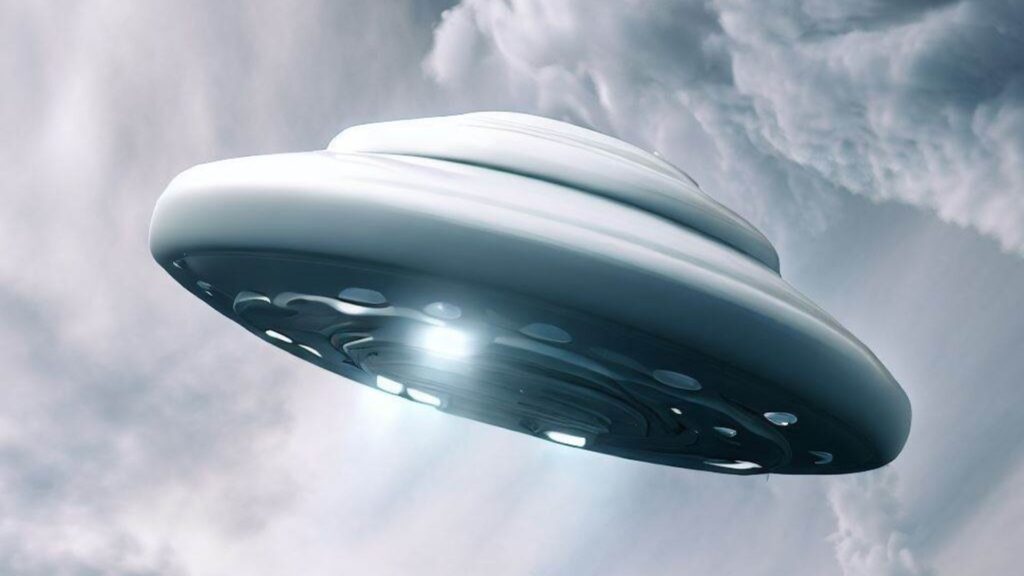
Unraveling the Mystery of UFOs
Before we dive into Oberth’s lecture, let’s take a moment to understand what UFOs are all about. UFO stands for “Unidentified Flying Object,” which refers to any object or light in the sky that can’t be readily explained by conventional means. Throughout history, there have been numerous reports of strange aerial phenomena, sparking curiosity and debate about their origins.
The study of UFOs, also known as ufology, gained traction in the mid-20th century when various governments and organizations began investigating these sightings in earnest. Some believe UFOs are secret military aircraft or experimental technology, while others entertain the possibility of extraterrestrial visitations. Science fiction has further fueled our fascination with the idea of alien life and flying saucers.
Hermann Oberth: A Trailblazer in Astronautics

Before we delve into Oberth’s thoughts on UFOs, let’s take a moment to learn about the man himself. Hermann Oberth was a German-born physicist and engineer who was born on June 25, 1894. He was passionate about space travel from a young age and dedicated his life to the study of astronautics.
Oberth’s most significant contribution came with his groundbreaking book, “Die Rakete zu den Planetenräumen” (The Rocket into Planetary Space), published in 1927. This seminal work laid the theoretical groundwork for space travel using rockets and inspired future generations of scientists and engineers. His research and writings were instrumental in the development of rocket technology during World War II and beyond.
Here is a summary of Hermann Oberth’s lecture on UFOs in bullets:
- UFOs are unidentified flying objects that cannot be explained by conventional means.
- Oberth claimed that UFOs could travel at a top speed of Mach 55, which is nearly 52 times the speed of sound.
- This would make interstellar travel within our reach, shattering the boundaries of conventional rocketry.
- Oberth’s claims challenged the limitations of our current understanding of physics and aerospace engineering.
- They implied that UFOs may not be of earthly origin, raising the question of whether they come from distant corners of our universe or even beyond.
- Oberth’s claims could reignite interest in the search for alien civilizations.
- The question of where UFOs come from remains an enigma.
- Some ufologists believe they are visitors from other star systems, possibly conducting reconnaissance missions or even seeking contact with us.
- Others suggest that these unidentified objects could be time-traveling devices from our own future.
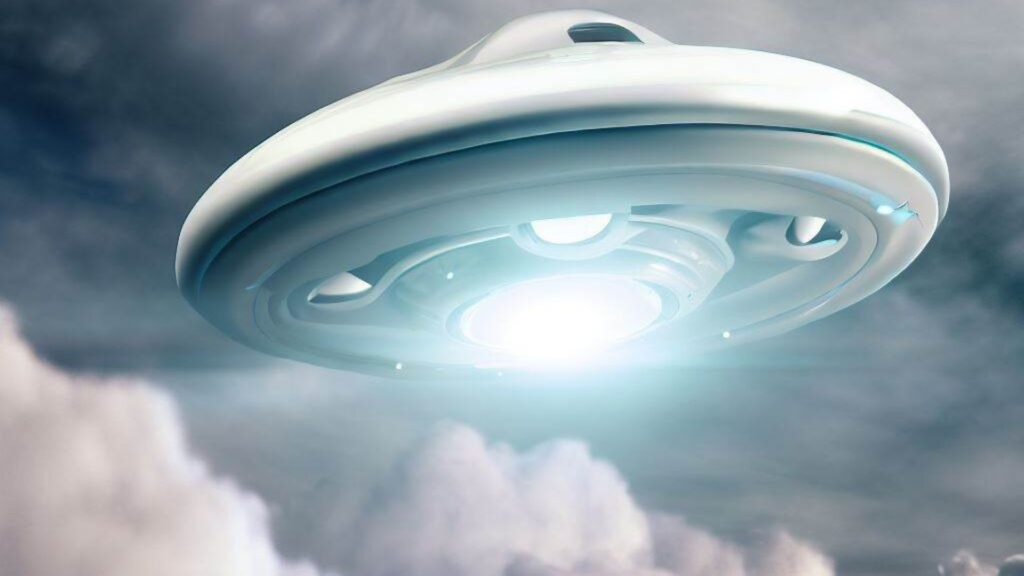
Theories about the Origins of UFOs
The mystery of UFOs has sparked a wide array of theories about their origins. As we explore the possible explanations for these unidentified flying objects, it’s important to keep in mind that definitive evidence remains elusive, making the subject a matter of speculation and debate.
- Extraterrestrial Life: Perhaps the most intriguing and popular theory posits that UFOs are spacecraft piloted by intelligent beings from other planets. The vastness of the universe makes the existence of extraterrestrial civilizations seem plausible, and the possibility of them visiting Earth continues to captivate our collective imagination.
- Interdimensional Visitors: Some theories propose that UFOs might not originate from distant star systems but rather from parallel dimensions or alternate realities. This idea blurs the lines between science fiction and scientific speculation, pushing the boundaries of our understanding of reality itself.
- Time Travel: The concept of time travel, made famous in science fiction, has also been associated with UFOs. According to this theory, these unidentified objects could be advanced time-traveling devices from the future, visiting our era for various purposes.
- Natural Phenomena and Misidentifications: Skeptics argue that many UFO sightings can be attributed to natural phenomena such as meteors, atmospheric anomalies, or even optical illusions. Additionally, advanced military aircraft and experimental technology could account for some sightings that appear mysterious at first glance.
We delve into the fascinating topic of ancient civilizations on Earth. Join us as we explore the intriguing possibilities in “Exploring the Possibility of Ancient Civilizations on Earth.” Discover the hidden secrets and clues that may shed light on our planet’s enigmatic past.

Famous UFO Sightings
Over the years, there have been several high-profile UFO sightings that have captured the public’s attention. These cases, often accompanied by witness testimonies and sometimes even photographic or video evidence, have become legendary in the realm of ufology.
- Roswell Incident (1947): Perhaps the most famous UFO incident in history, the Roswell incident took place in New Mexico, USA. Reports of a crashed “flying disc” near Roswell Air Force Base sparked a media frenzy. The military initially claimed it was a weather balloon, but theories of a government cover-up and alien spacecraft persist to this day.
- Phoenix Lights (1997): Over 10,000 witnesses reported seeing a series of lights in a V-shaped formation over Phoenix, Arizona. The lights were visible for hours and were seen by people from all walks of life. The event remains unexplained, and while some skeptics attribute it to military flares, others consider it one of the most significant UFO sightings in recent history.
- Rendlesham Forest Incident (1980): In the United Kingdom, near RAF Woodbridge, several military personnel reported witnessing strange lights and metallic object in Rendlesham Forest. The event has been dubbed “Britain’s Roswell” and continues to be a subject of intense interest among UFO enthusiasts.
Hermann Oberth’s Lecture: UFOs at Mach 55
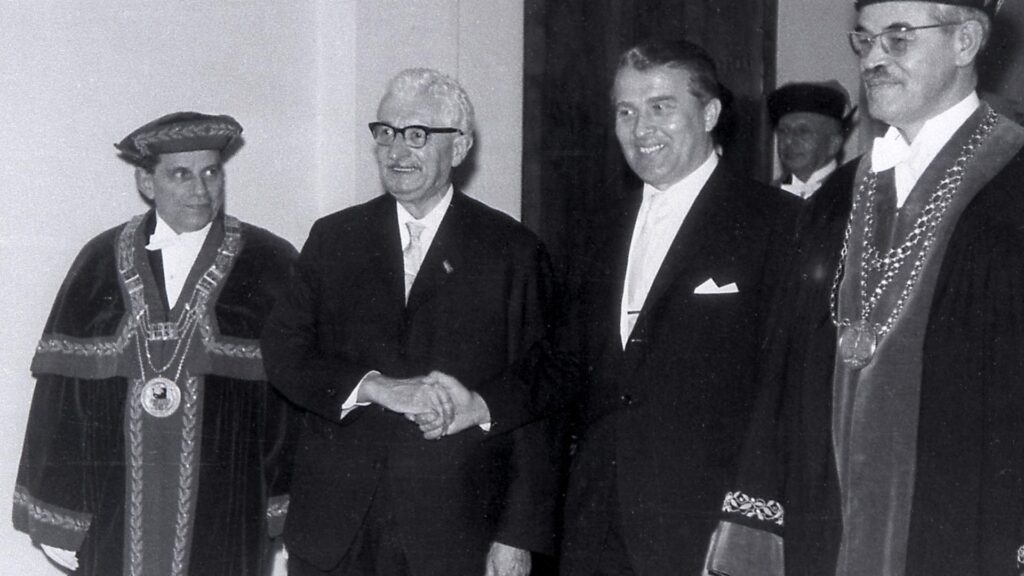
Hermann Oberth was a visionary scientist, engineer, and author. In his 1954 lecture, he delved into the realm of UFOs and made some intriguing claims. One of the most striking assertions he put forward was that UFOs could travel at a mind-boggling speed of Mach 55.
To put this in perspective, Mach 1 is the speed of sound, which is approximately 767 miles per hour (1,235 kilometers per hour) at sea level. Mach 55 is a staggering 39,635 miles per hour (63,874 kilometers per hour), which is nearly 52 times the speed of sound! Such a velocity would make interstellar travel within our reach, shattering the boundaries of conventional rocketry.
The Ramifications of Oberth’s Claims
Oberth’s assertion about the incredible speed of UFOs opens up Pandora’s box of possibilities. If UFOs do indeed travel at Mach 55, it challenges the limitations of our current understanding of physics and aerospace engineering. It implies that these unidentified objects may not be of earthly origin, raising the question of whether they come from distant corners of our universe or even beyond.
The prospect of extraterrestrial life has long captured the imagination of humans. Oberth’s claims could reignite interest in the search for alien civilizations, encouraging scientists and enthusiasts alike to explore the cosmos with renewed vigor. The concept of interstellar travel may shift from the realm of science fiction to attainable reality if we can somehow unlock the secrets behind the propulsion systems employed by these mysterious UFOs.
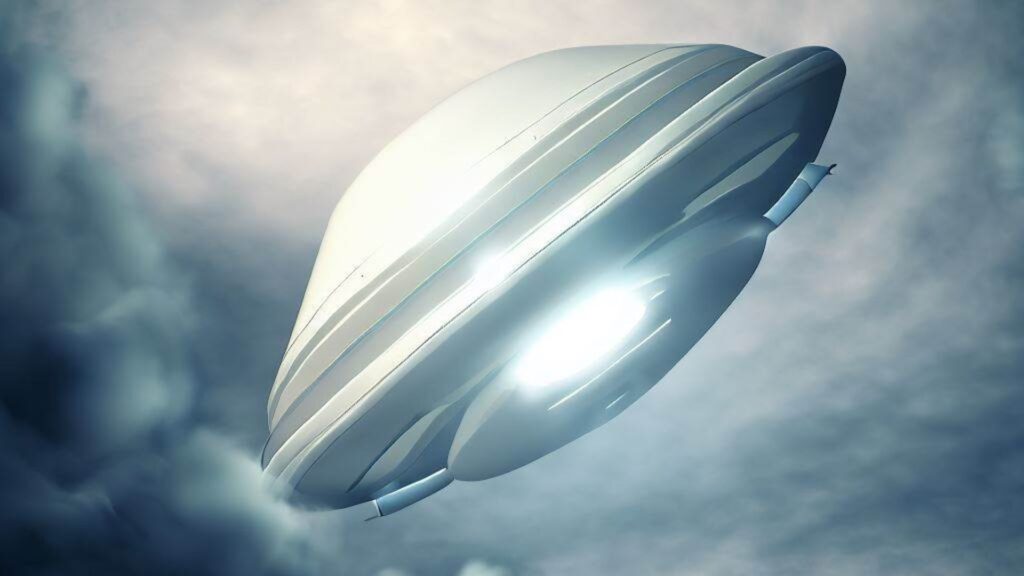
The Enigma of UFO Origins
The question of where UFOs come from remains an enigma. Some ufologists believe they are visitors from other star systems, possibly conducting reconnaissance missions or even seeking contact with us.
Others suggest that these unidentified objects could be time-traveling devices from our own future, adding a fascinating twist to the mystery.
On the other hand, skeptics argue that most UFO sightings can be explained by natural phenomena, man-made objects, or misinterpretations of common aerial events.
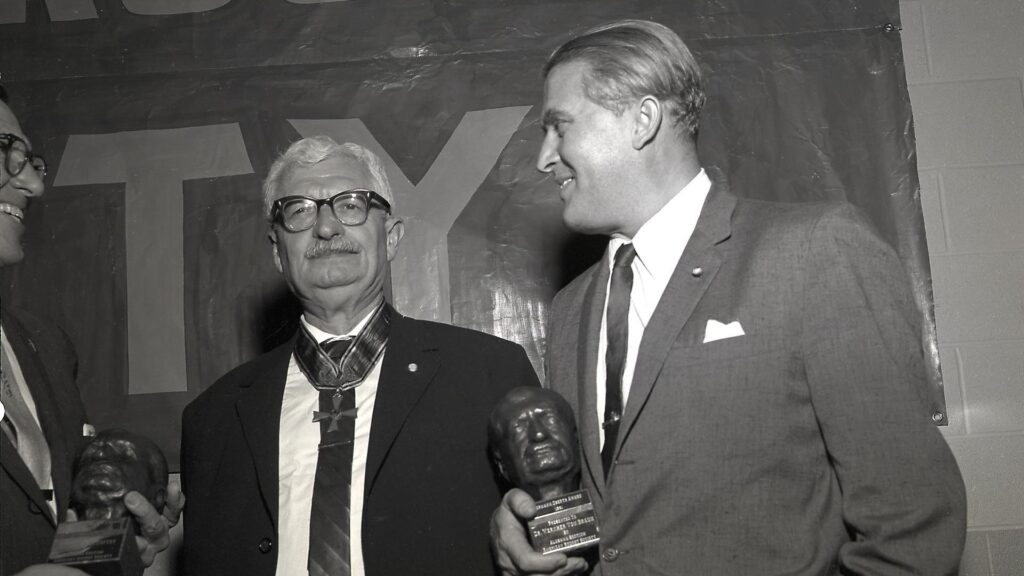
Conclusion
In conclusion, Hermann Oberth’s 1954 lecture on UFOs revealed intriguing insights into these unidentified flying objects, particularly their alleged top speed of Mach 55. His ideas challenge our understanding of space travel and raise exciting possibilities about the existence of extraterrestrial life. Whether UFOs are probably from advanced civilizations from other star systems, their mystery continues to captivate our imagination.
As we venture further into the cosmos and make new discoveries, the fascination with UFOs and the search for intelligent life beyond our planet will undoubtedly persist. The legacy of Hermann Oberth, both as a pioneering figure in astronautics and as a curious explorer of the UFO phenomenon, inspires us to push the boundaries of human knowledge and embrace the wonders that lie beyond the stars.
Take a Leap into the Unknown
If you find yourself intrigued by the mystery of UFOs and the mind-bending possibilities of interstellar travel, why not embark on your own journey of discovery? Delve deeper into the world of ufology, read about Hermann Oberth’s groundbreaking contributions to space exploration, and keep an open mind to the wonders that the universe might still hold.
In our exploration of UFOs and the mysteries of the cosmos, we come across intriguing witness testimonies that shed light on the enigmatic world of unidentified flying objects. One such compelling account is that of Donna Hare, whose NASA conspiracy testimony has captivated UFO enthusiasts worldwide.
To learn more about Donna Hare’s eye-opening revelations and their implications, check out this fascinating article: The NASA Conspiracy: Donna Hare Witness Testimony. Prepare to delve into a world of secrets and mysteries that may challenge your perception of space exploration and beyond.
FAQ
1. What did Hermann Oberth say about UFOs in his 1954 lecture?
In his 1954 lecture, Hermann Oberth discussed unidentified flying objects (UFOs) and made intriguing claims about their capabilities. One of the most notable assertions he made was that UFOs could achieve a top speed of Mach 55, which is an astonishing 39,635 miles per hour (63,874 kilometers per hour).
2. Who was Hermann Oberth, and what were his contributions to astronautics?
Hermann Oberth was a German-born physicist and engineer, born on June 25, 1894, known for his pioneering work in astronautics and rocketry. He is considered one of the founding fathers of space travel, having laid the theoretical groundwork for rockets’ use in planetary space with his book “Die Rakete zu den Planetenräumen” (The Rocket into Planetary Space), published in 1927.
3. What are UFOs, and how are they studied?
UFOs, short for Unidentified Flying Objects, refer to any objects or lights in the sky that cannot be readily explained by conventional means. The study of UFOs, also known as ufology, involves investigating reported sightings, gathering witness testimonies, analyzing photographs and videos, and examining physical evidence, if available. Various organizations and researchers around the world have been involved in studying UFO phenomena.
4. What are the different theories about the origins of UFOs?
The origins of UFOs remain a subject of speculation and debate. Some of the prominent theories include:
- Extraterrestrial Life: The idea that UFOs are spacecraft piloted by intelligent beings from other planets, visiting Earth for various reasons.
- Interdimensional Visitors: The concept that UFOs might come from parallel dimensions or alternate realities.
- Time Travel: The theory that UFOs are advanced time-traveling devices from our future, visiting our era for exploration or research purposes.
- Natural Phenomena and Misidentifications: Skeptics suggest that many UFO sightings can be attributed to natural phenomena, man-made objects, or misinterpretations of common aerial events.
5. What are some famous UFO sightings that have intrigued the world?
Several UFO sightings have gained significant attention over the years. Some of the most famous ones include:
- Roswell Incident (1947): The alleged crash of an unidentified object in Roswell, New Mexico, USA, sparked widespread speculation about extraterrestrial involvement.
- Phoenix Lights (1997): Thousands of witnesses reported seeing a V-shaped formation of lights over Phoenix, Arizona, leading to intense media coverage and ongoing interest.
- Rendlesham Forest Incident (1980): A series of UFO sightings by military personnel near RAF Woodbridge in the UK, often referred to as “Britain’s Roswell,” remains unexplained and continues to intrigue UFO enthusiasts.

